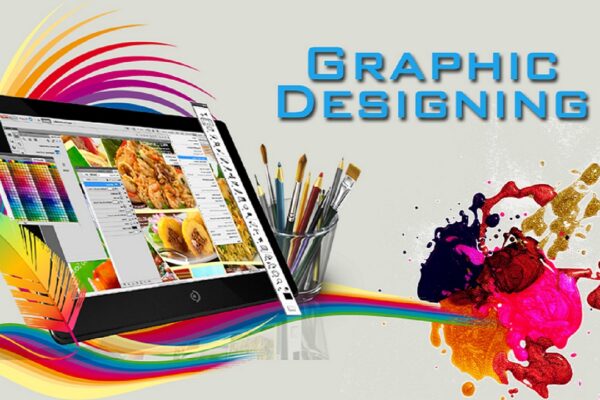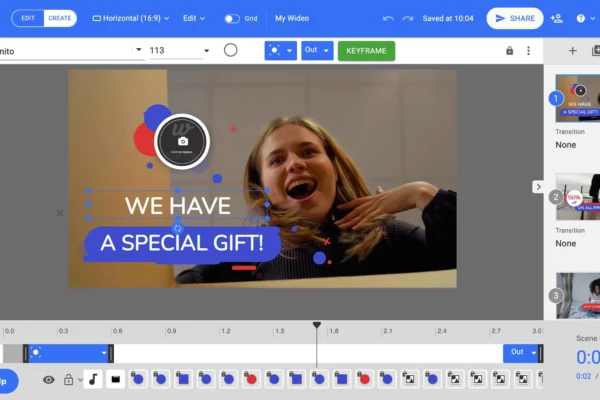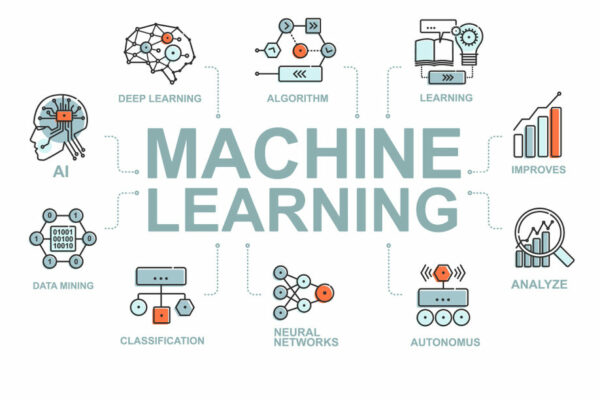Introduction

Graphic design software has revolutionized the way we create visual content, transforming artistic ideas into stunning digital masterpieces. These powerful tools have become indispensable for designers, artists, marketers, and anyone looking to express themselves creatively. In this comprehensive article, we will delve into the history, evolution, and types of graphic design software available, as well as the key features, benefits, and popular software options that have shaped the graphic design landscape.
- The Evolution of Graphic Design Software
1.1 Early Days of Graphic Design 1.2 Emergence of Digital Art and Design 1.3 Pioneering Graphic Design Software
- Understanding Graphic Design Software
2.1 What is Graphic Design Software? 2.2 Different Types of Graphic Design Software 2.3 Vector vs. Raster Graphics: Understanding the Difference
- Key Features of Graphic Design Software
3.1 User Interface and User Experience (UI/UX) 3.2 Drawing and Illustration Tools 3.3 Image Editing and Manipulation 3.4 Typography and Text Tools 3.5 Color Management and Palettes 3.6 Layers and Masking 3.7 Export and File Formats 3.8 Integration with Other Tools and Services
- Types of Graphic Design Software
4.1 Professional Desktop Software 4.1.1 Adobe Creative Suite (Illustrator, Photoshop, InDesign, etc.) 4.1.2 CorelDRAW Graphics Suite 4.1.3 Affinity Designer and Affinity Photo 4.2 Web-Based and Cloud-Hosted Tools 4.2.1 Canva 4.2.2 Figma 4.2.3 Gravit Designer 4.3 Open-Source and Free Software 4.3.1 GIMP (GNU Image Manipulation Program) 4.3.2 Inkscape 4.3.3 Krita 4.4 Mobile Graphic Design Apps 4.4.1 Procreate 4.4.2 Adobe Illustrator Draw 4.4.3 Autodesk SketchBook
- Benefits of Graphic Design Software
5.1 Creativity Unleashed 5.2 Time and Cost Efficiency 5.3 Precision and Versatility 5.4 Collaboration and Sharing 5.5 Enhanced Productivity 5.6 Professional Output
- Choosing the Right Graphic Design Software
6.1 Identifying Your Design Needs and Goals 6.2 Platform Compatibility and System Requirements 6.3 Skill Level and Learning Curve 6.4 Budget Considerations 6.5 Support and Community 6.6 Trial and Evaluation Periods
- Integrating Graphic Design Software into Various Industries
7.1 Advertising and Marketing 7.2 Web Design and Development 7.3 Branding and Corporate Identity 7.4 Print and Publishing 7.5 Social Media and Content Creation 7.6 Game Design and Animation 7.7 Architecture and Interior Design
- Trends in Graphic Design Software
8.1 Artificial Intelligence and Automation 8.2 Augmented Reality (AR) and Virtual Reality (VR) 8.3 Non-Destructive Editing 8.4 3D Design and Printing 8.5 Responsive Design and Multi-Platform Compatibility 8.6 Interactive and Motion Graphics
- Tips and Tricks for Effective Graphic Design
9.1 Embracing Design Principles 9.2 Utilizing Grid Systems and Layouts 9.3 Experimenting with Color Theory 9.4 Mastering Typography Techniques 9.5 Balancing Creativity and Simplicity 9.6 Staying Updated with Design Trends
Conclusion
Graphic design software has become an essential tool for unleashing creativity and innovation across various industries. From traditional desktop applications to web-based platforms and mobile apps, designers now have an array of options to choose from. As technology continues to advance, graphic design software will undoubtedly push the boundaries of artistic expression, offering designers even more powerful and intuitive tools to bring their visions to life. Whether you’re a seasoned professional or a novice exploring the realm of design, finding the right graphic design software can truly empower you to create captivating visuals that leave a lasting impact on your audience.











Leave a Reply
You must be logged in to post a comment.